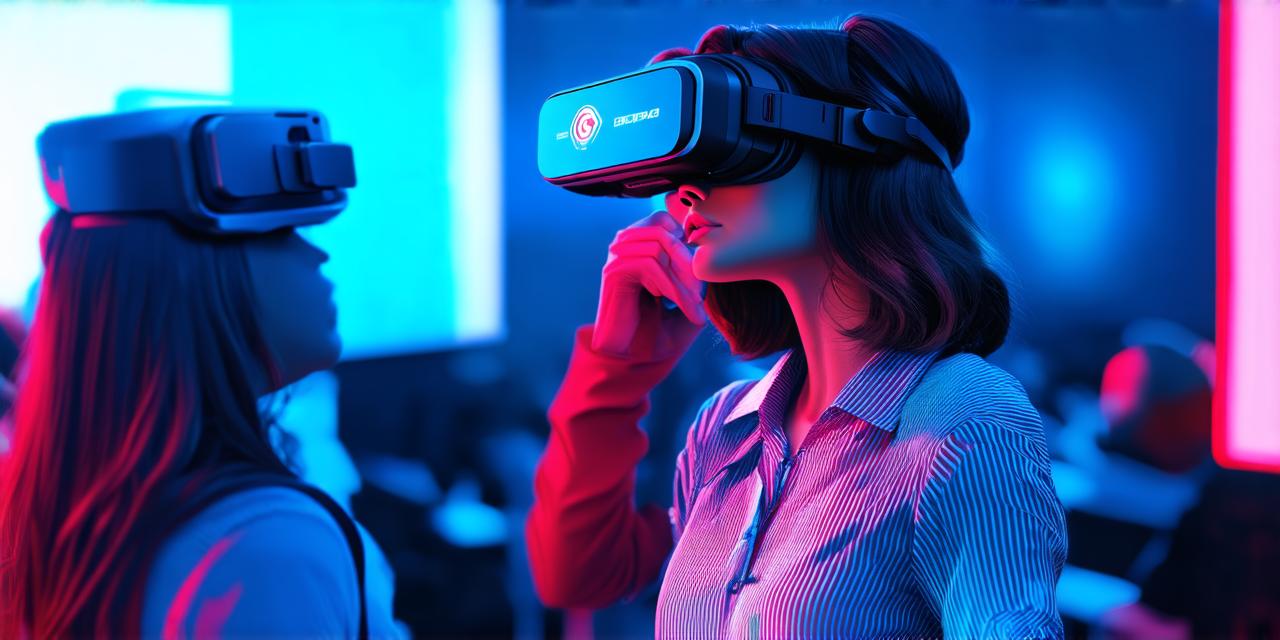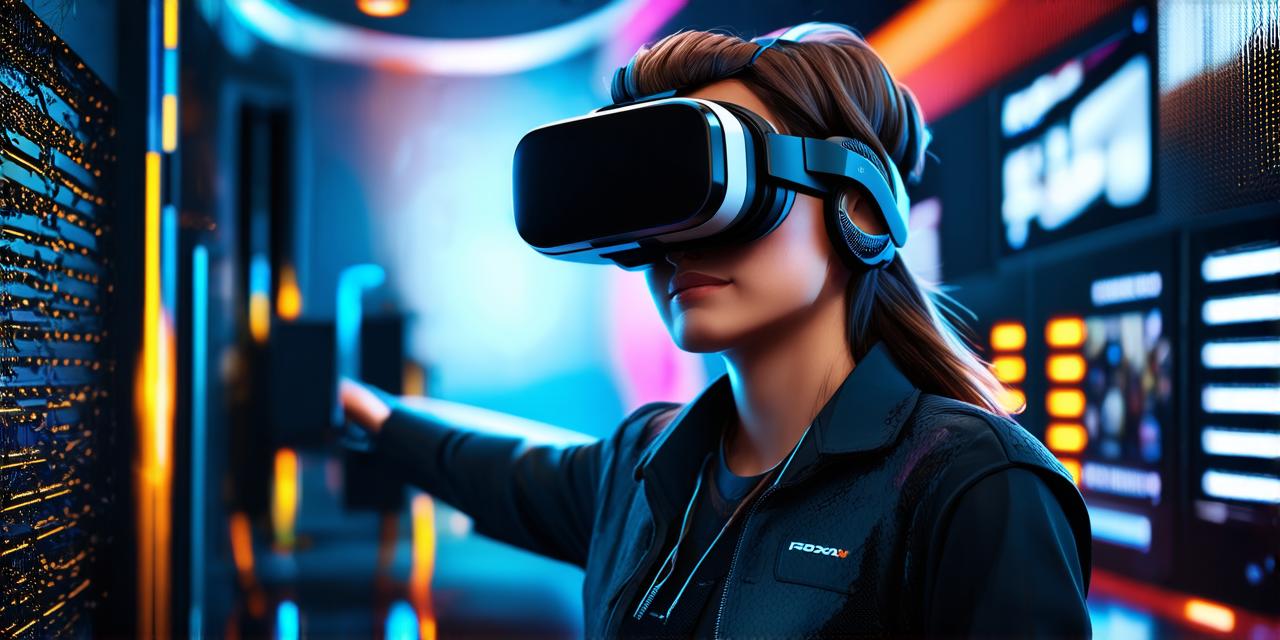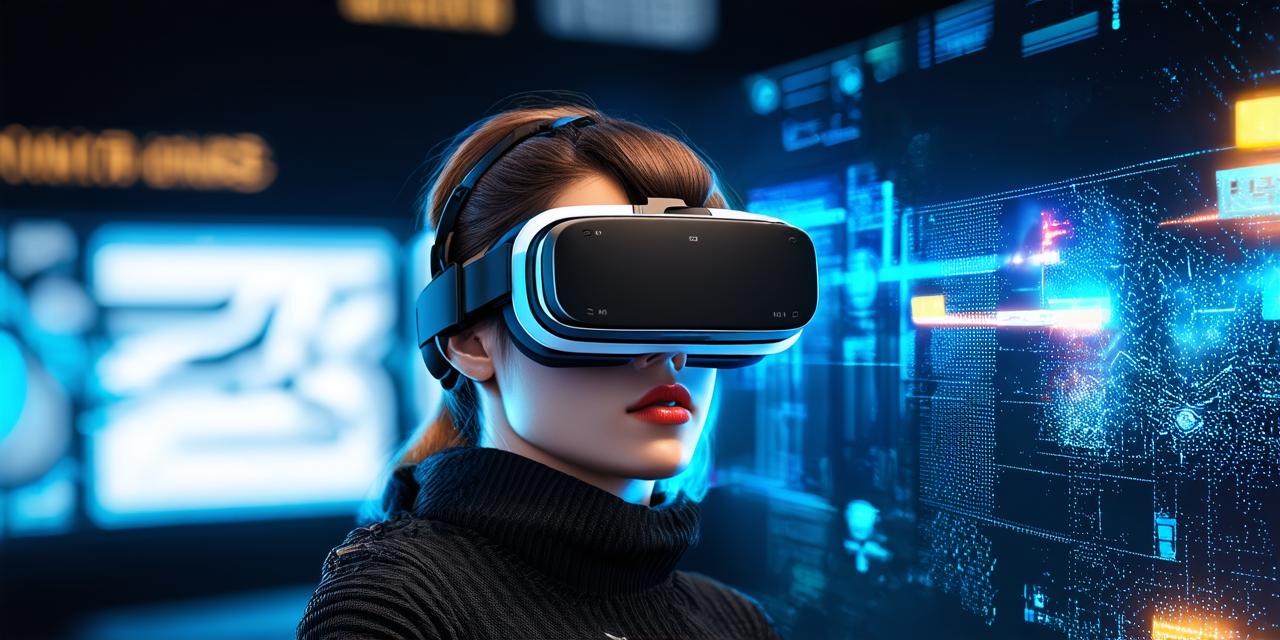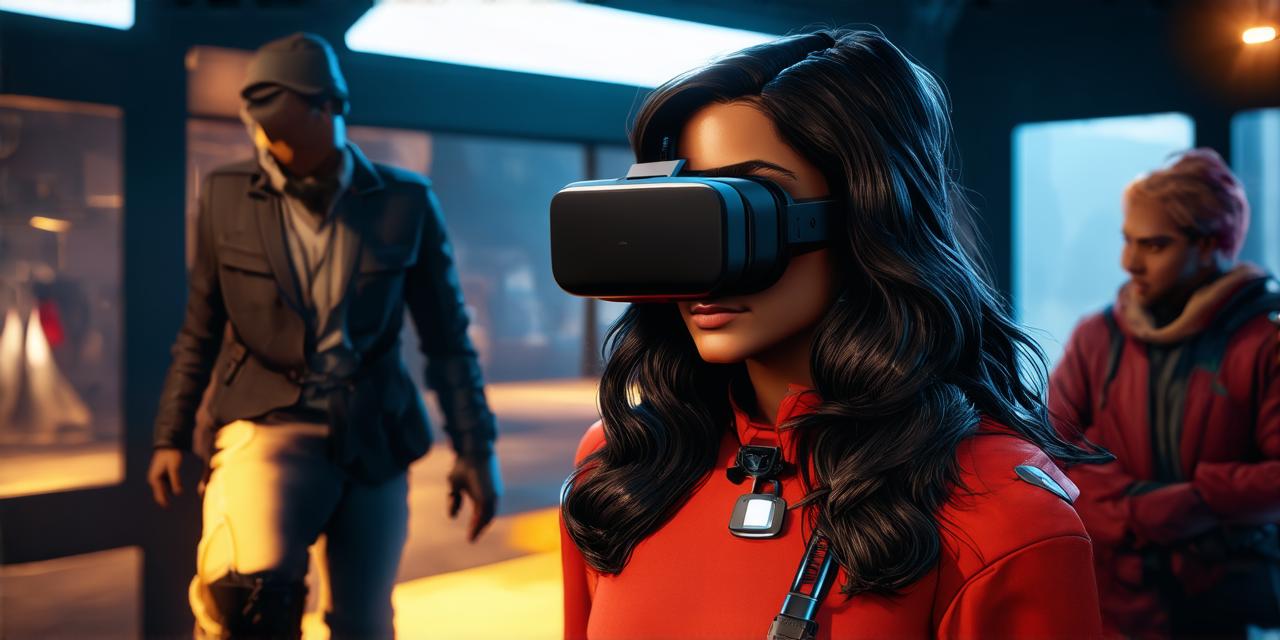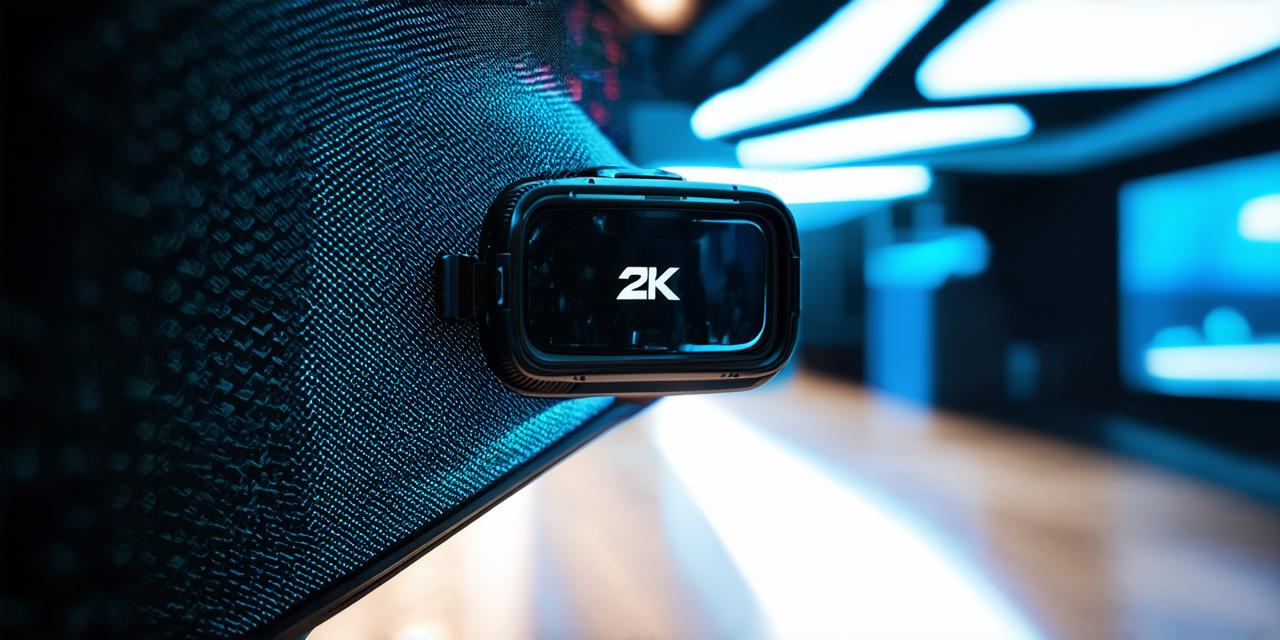Virtual Reality (VR) and Education
Virtual Reality (VR) has been around for decades, but its potential as an educational tool is only recently being realized. VR technology can create immersive and interactive experiences that traditional teaching methods simply cannot match.
The Benefits of Virtual Reality in Education
Virtual Reality (VR) has numerous advantages when it comes to education. Firstly, VR can create highly immersive experiences that engage students and capture their attention. By placing students in a virtual environment, they are able to experience things that would be impossible or dangerous to do in real life.
Secondly, VR can provide students with a safe and controlled environment to practice new skills. By simulating real-world scenarios, students can make mistakes and learn from them without any risk of harm.
Thirdly, VR can enable collaboration and communication between students and teachers. In a virtual environment, students can work together on projects and share ideas in real time. Teachers can also provide feedback and guidance as needed, without being limited by geographic boundaries.
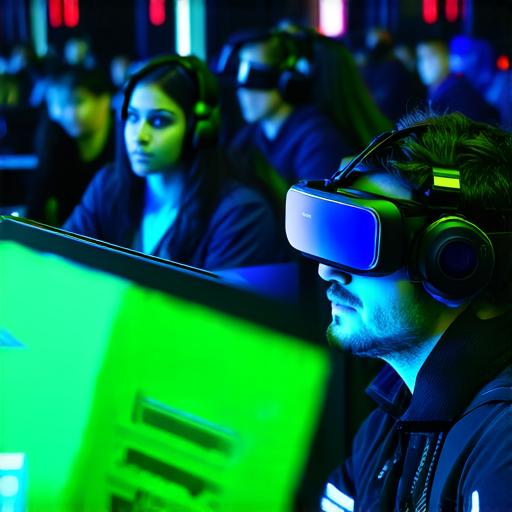
Case Studies: Virtual Reality in Action
There are many examples of how virtual reality has been successfully used in education. Here are a few case studies that illustrate its effectiveness:
1. The Anatomy VR app
The Anatomy VR app is an example of how virtual reality can be used to teach anatomy and physiology. By placing students in a virtual environment, they can explore the human body in a way that would be impossible with traditional teaching methods. Students can dissect virtual specimens, view organs and systems in 3D, and even practice surgical procedures.
2. The Google Expeditions app
The Google Expeditions app is an example of how virtual reality can be used to teach geography and history. By placing students in a virtual environment, they can explore different parts of the world without leaving their classroom. They can visit historical landmarks, museums, and natural wonders, and even go on virtual field trips to different countries.
3. The Alchemy VR app
The Alchemy VR app is an example of how virtual reality can be used to teach science. By placing students in a virtual environment, they can perform experiments and explore scientific concepts in a safe and controlled way. They can learn about chemistry, physics, and biology through interactive simulations and hands-on activities.
4. The Virtual Field Trips app
The Virtual Field Trips app is an example of how virtual reality can be used to teach history and social studies. By placing students in a virtual environment, they can visit different historical landmarks and cultural sites around the world without leaving their classroom. They can learn about different cultures and ways of life through immersive experiences.
The Future of Virtual Reality in Education
Virtual reality is still in its early stages, but it has already shown tremendous potential as an educational tool. As the technology continues to improve, we can expect to see even more innovative uses for VR in education. For example, virtual reality could be used to create simulations of real-world workplaces, allowing students to practice skills and gain experience in a safe and controlled environment.
In addition to its use in education, virtual reality also has the potential to revolutionize other areas such as gaming, entertainment, and training. Virtual reality technology can create highly immersive experiences that engage users and capture their attention. This makes it an ideal tool for training employees in various industries, from healthcare to manufacturing.
Conclusion
In conclusion, virtual reality has many advantages when it comes to teaching methods. By creating immersive and interactive experiences that engage students and capture their attention, VR can provide a safe and controlled environment for students to practice new skills and collaborate with teachers. As the technology continues to improve, we can expect to see even more innovative uses for virtual reality in education and other areas. With virtual reality, the possibilities are endless, and the future of education looks brighter than ever before.
As an AR developer, it is important to understand the potential of virtual reality in education and explore its various applications. By developing virtual reality experiences that are engaging, interactive, and educational, you can help transform the way students learn and experience the world around them. With virtual reality, the possibilities are endless, and the future of education looks brighter than ever before.
